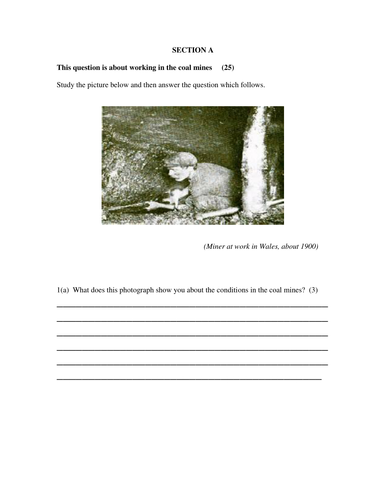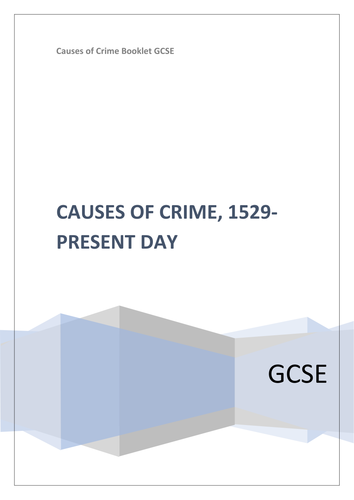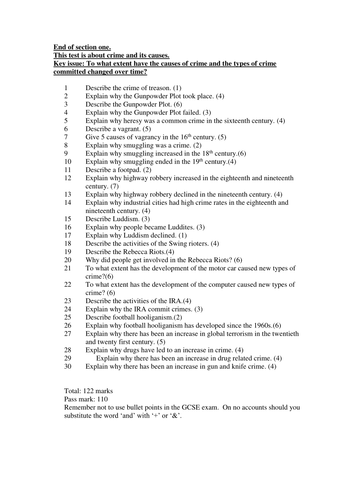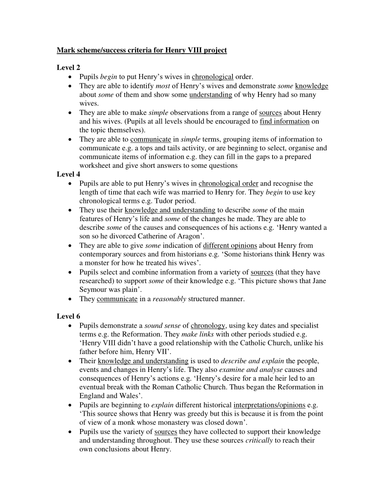Hlw1066's Shop
Please have a browse around my resources suitable for students of History from Year 7-13. I have taught History for fifteen years, won the Guardian Award for Outstanding New Teacher in 2003 and worked as Head of Department for eight years. Resources suitable for Heads of History to be added in due course. Watch this space!




















